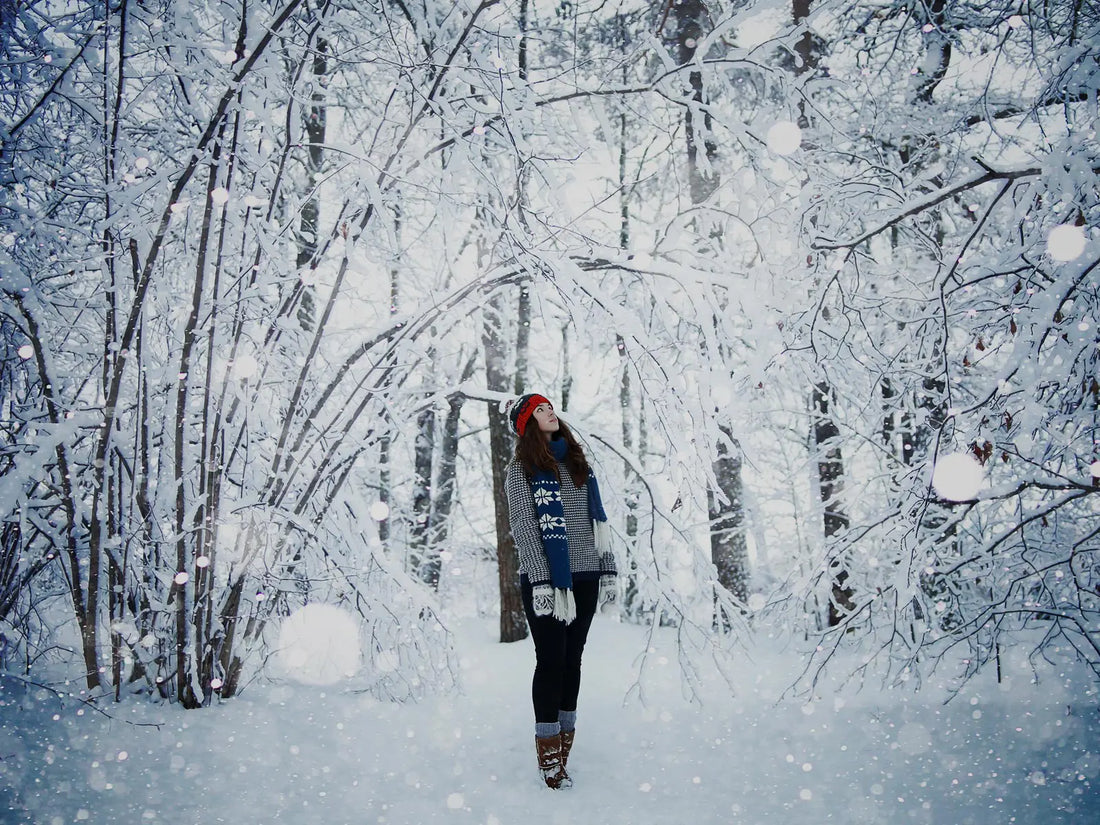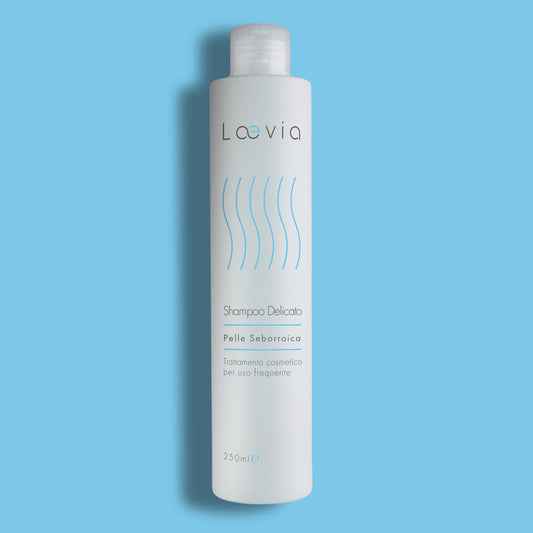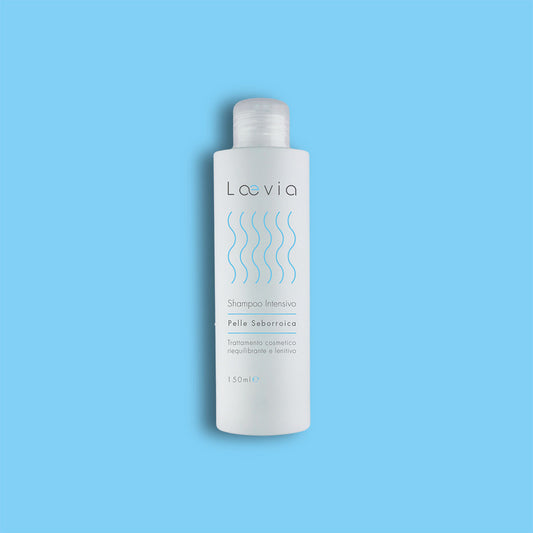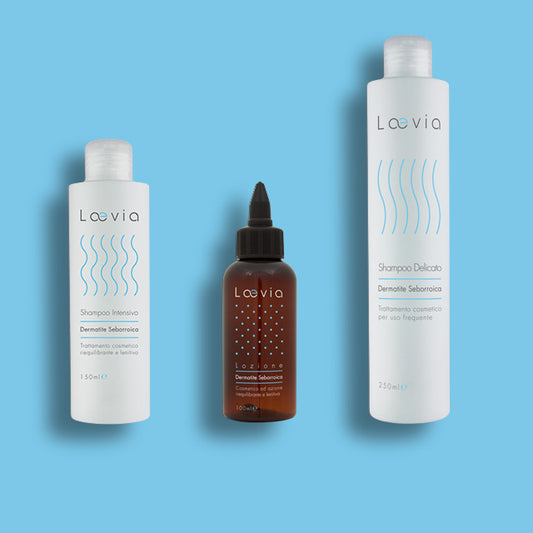Humidity, pollution, heavy clothing, cold and rapid passage from outdoors to heated environments increase redness and irritation caused by seborrheic dermatitis.
COLD AND STRESSFUL TIMES FOR ALREADY IRRITATED SKIN – The word 'cold' contains various risks such as flare-ups, relapses and new manifestations of seborrheic dermatitis. From autumn to late winter, the skin and scalp suffering from seborrheic dermatitis find no peace. Freezing air, wind, humidity and pollution in the open air increase redness, irritation and burning of the skin which is forced to run for shelter in closed environments where, however, the heat and the change in temperature can make the skin drier and favor the desquamation. People with seborrheic dermatitis must wait for the summer, when the skin and hair can finally breathe a sigh of relief and abandon the grip of the cold and dermatological symptoms.
OTHER WINTER RISK FACTORS IN SEBORRHEIC DERMATITIS – You might think that the problem of cold is all concentrated in the excessively harsh climate, but we must not forget that together with the cold there are other factors capable of worsening the symptoms of seborrheic dermatitis.
- Pollution. Thanks to heating and closed environments, the pollution caused by fine particles (PM10) skyrockets and with it also the damage to the skin and scalp. Pollution, in fact, contributes to ruining the hydrolipidic mantle, i.e. the effective barrier made up of water and sebum that the skin uses to protect itself from harmful external agents.
- Humidity. Caused by rain, fog and temperature changes, the layer of humidity that is created between clothes and the skin favors the proliferation of the Malassezia furfur fungus, which lives on the skin, feeding on sebum and causing the appearance of the yellowish crusts typical of seborrheic dermatitis. Not to mention the humidity caused by sweat, which can occur when you remain covered for a long time by coats and jackets going from a shop to the outside environment.
- Woolen and synthetic clothes. When the cold weather arrives, even choosing clothes becomes a problem. Skin contact with clothing made of prickly, rough wool fibers can worsen irritation and inflammation caused by seborrheic dermatitis. Therefore, between woolen clothes and bare skin it is better to always wear a soft and light cotton, linen or silk garment.

HOW TO PREVENT THE EFFECTS OF COLD ON SEBORRHEIC DERMATITIS – You cannot control the time and seasons, but you can adopt lifestyles that allow you to limit the direct and indirect effects of cold on skin and hair with seborrheic dermatitis. Better to reduce cigarette smoking, which could be one of the reasons that force our skin to stay in the cold. The cold can also be fought at the table, by reducing fatty, sugar-rich and high-calorie foods which are typical of the winter season and which they increase the production of sebum by the sebaceous glands. The greasiness of the skin and scalp can be combated by increasing the consumption of fruit and vegetables, which contribute to skin hydration, the elimination of toxins and returning the skin to a more balanced appearance.
Of fundamental importance is to keep the skin and scalp clean with the use of detergents with emollient and soothing properties, which respect the physiological pH of the skin, delicate because they do not contain irritating and aggressive substances such as parabens, SLES, SLS, PEG, PPG, dyes, alcohol, petroleum and formaldehyde derivatives, silicone oils and which have been tested for the absence of nickel (a metal that is often irritating to the skin in subjects already predisposed to some forms of allergies). These products, in addition to decreasing irritation and inflammation of the lesions of seborrheic dermatitis, re-establish the hydrolipidic layer of the skin which acts as a barrier against climatic aggressions, such as intense cold, and other stressful external agents.





